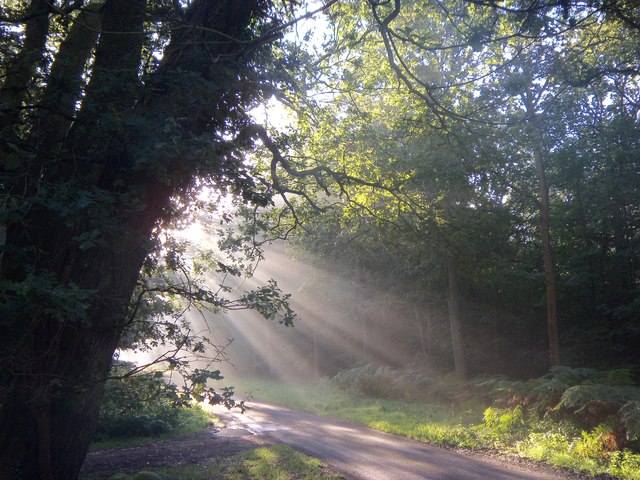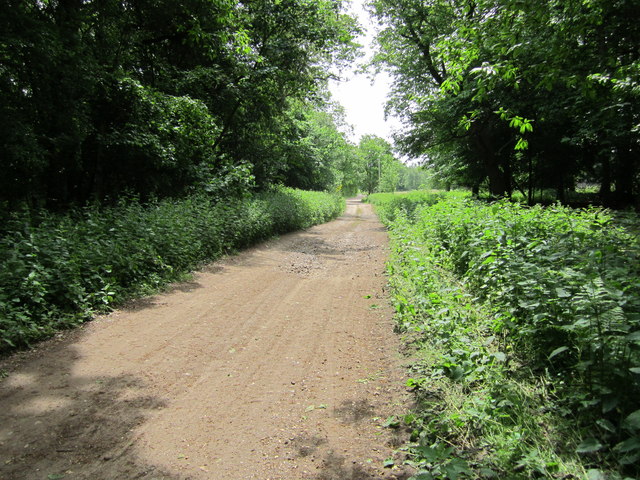Galleyhill Warren
Wood, Forest in Norfolk Breckland
England
Galleyhill Warren

Galleyhill Warren, located in Norfolk, England, is a picturesque wood or forest that spans across a vast area. Known for its natural beauty and tranquility, it offers visitors a peaceful escape from the hustle and bustle of daily life.
The woodland is predominantly composed of a mix of deciduous and coniferous trees, creating a diverse and enchanting landscape. Oak, beech, and birch trees can be found here, along with pine and spruce. This variety of tree species provides a rich habitat for a wide range of flora and fauna.
Walking through Galleyhill Warren, one can expect to encounter an array of wildlife. From deer and foxes to squirrels and rabbits, the forest teems with animal activity. Birdwatchers will be delighted to spot various species of birds, including woodpeckers, thrushes, and owls.
The forest also boasts several walking trails, enabling visitors to explore the area at their own pace. These trails offer stunning views of the surrounding countryside, making it a popular destination for nature enthusiasts and avid photographers.
Galleyhill Warren is a designated Site of Special Scientific Interest (SSSI), due to its ecological importance. It is managed and protected by local conservation organizations, ensuring the preservation of its natural heritage.
Whether you are seeking a peaceful walk, a chance to observe wildlife, or simply a moment of tranquility in the heart of nature, Galleyhill Warren in Norfolk is a perfect destination. Its breathtaking beauty and diverse ecosystem make it a must-visit location for anyone who appreciates the wonders of the natural world.
If you have any feedback on the listing, please let us know in the comments section below.
Galleyhill Warren Images
Images are sourced within 2km of 52.499192/0.82836221 or Grid Reference TL9292. Thanks to Geograph Open Source API. All images are credited.
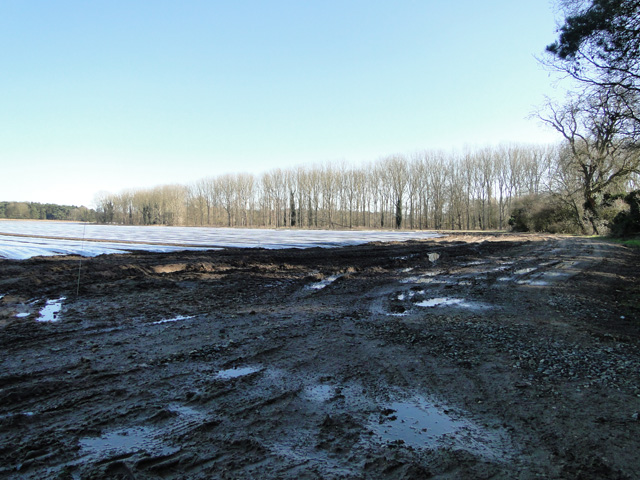
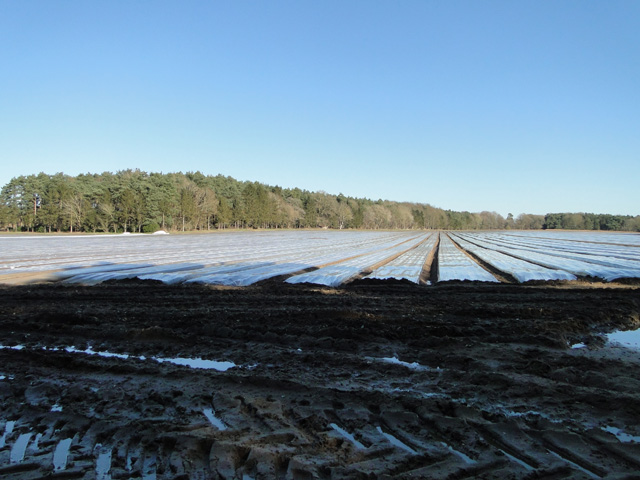
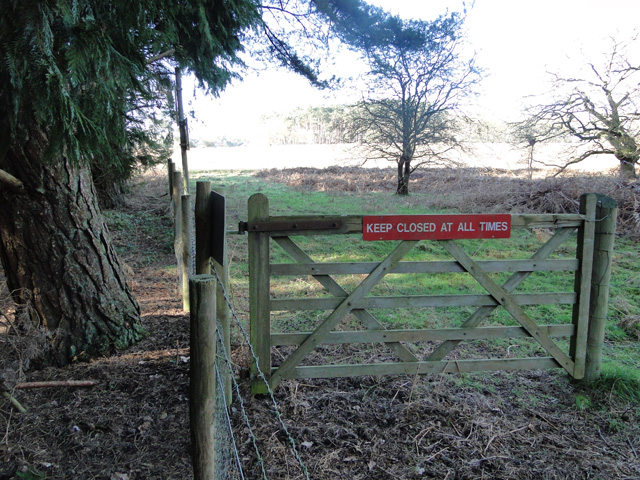
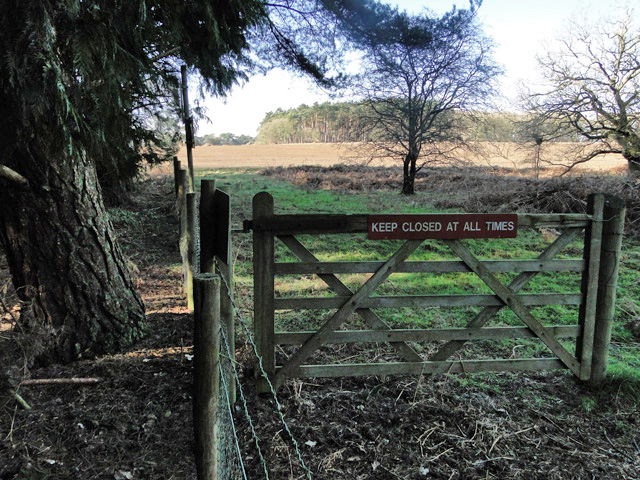
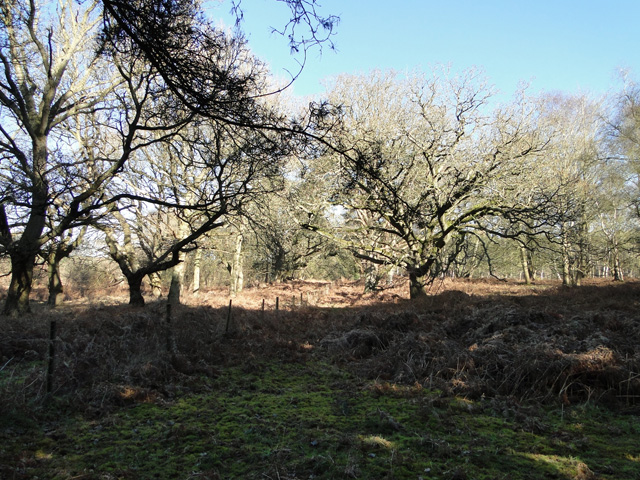
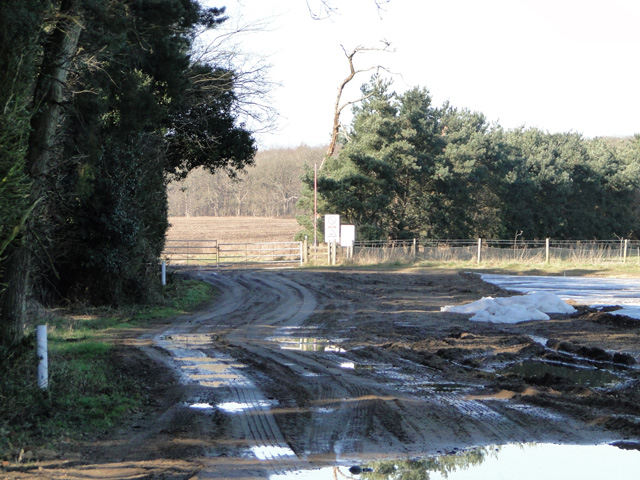
Galleyhill Warren is located at Grid Ref: TL9292 (Lat: 52.499192, Lng: 0.82836221)
Administrative County: Norfolk
District: Breckland
Police Authority: Norfolk
What 3 Words
///berated.acclaim.drawn. Near Griston, Norfolk
Nearby Locations
Related Wikis
Great Eastern Pingo Trail
Great Eastern Pingo Trail is a 9.2 kilometres (5.7 miles) long footpath along a disused railway line north of Thetford in Norfolk. It is a 4.2-hectare...
Thompson Water, Carr and Common
Thompson Water, Carr and Common is a 154.7-hectare (382-acre) biological Site of Special Scientific Interest north of Thetford in Norfolk. Most of it is...
Cranberry Rough, Hockham
Cranberry Rough is an 81.1-hectare (200-acre) biological and geological Site of Special Scientific Interest in the parish of Hockham, east of Attleborough...
Wretham Park Meres
Wretham Park Meres is a 30-hectare (74-acre) biological Site of Special Scientific Interest north of Thetford in Norfolk.This site consists of four natural...
Wretham and Hockham railway station
Wretham and Hockham railway station was a station in Norfolk serving the villages of Wretham and Hockham. It was on the Great Eastern Railway branch line...
East Wretham Windmill
East Wretham Mill is a tower mill at East Wretham, Norfolk, England which has been converted to residential accommodation. == History == East Wretham...
Stonebridge, Norfolk
Stonebridge is a village in the English county of Norfolk. It is situated on the A1075 road, some 6 miles (9.7 km) north east of the town of Thetford and...
Wretham
Wretham is a civil parish in the Breckland district of Norfolk, England. The parish includes the village of East Wretham, which is about 6 miles (10 km...
Nearby Amenities
Located within 500m of 52.499192,0.82836221Have you been to Galleyhill Warren?
Leave your review of Galleyhill Warren below (or comments, questions and feedback).




